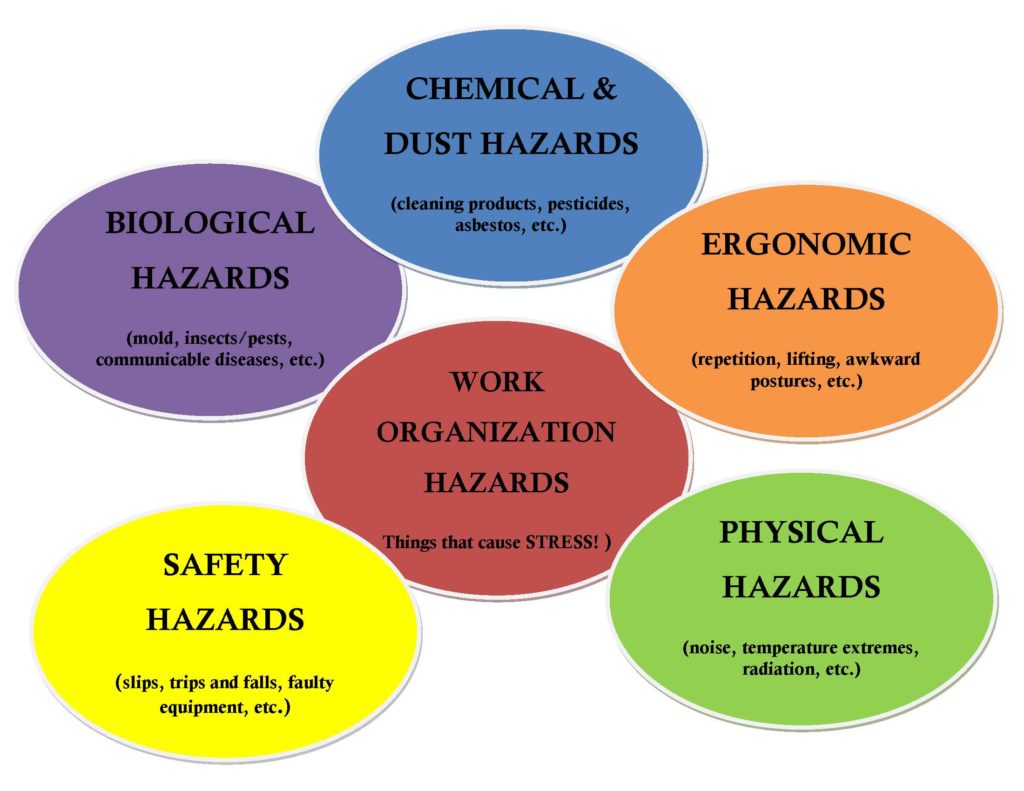How to Give Constructive Feedback
Constructive feedback is honest, clear, and direct feedback. Usually, it provides specific examples and actionable suggestions for positive change or improvement. It should be offered in a friendly manner with good intentions.
Constructive feedback build trust and provides the opportunity for both people to grow. It is important to remain empathetic to the other person’s circumstances to make it easier to provide beneficial feedback.
“Feedback Sandwich” Method
A “feedback sandwich” is where you start with a praise / positive comment, stating the area of feedback, ending with reiterating the positive. This makes the feedback less harsh for the recipient.
Ex. “You’re excellent at client relations, but you could improve on presentations in meetings by speaking up and working on your materials, I am super excited to see the progress you will make! I would love to sit with you to discuss design tips.”
Be Specific
If your feedback is more specific and detailed, then the more actionable it will be. List out objectives, behaviour changes you want to see in detail. This will help the recipient to understand and be able to make the changes. This provides clarity and minimizes the person feeling anxious from a piece of vague feedback.
Ex. “I would like you to write a marketing article on how to identify and communicate with a target audience. Let me know if you need further suggestions, I’m here to help.”
Give Recommendations
By giving recommendations, it can help the recipient gain a better understanding of you and your expectations and it provides a clear call to action.
Ex. “The presentation could be reduced from 30 minutes to 20 minutes if you limit one example per point. This will make your presentation more impactful and concise. The two to three examples you have distract listeners from the main message.”
Tips for Giving Constructive Feedback
- Use “I” statements.
- Focus on the situation, not the person. Don’t attack them.
- Keep your language positive.
- Think about timing.
- Be conscious of your tone.
- Make it a conversation.
- Be mindful of emotions.
- Have open body language.
- Ask yourself, “Does this really need to be said?”











